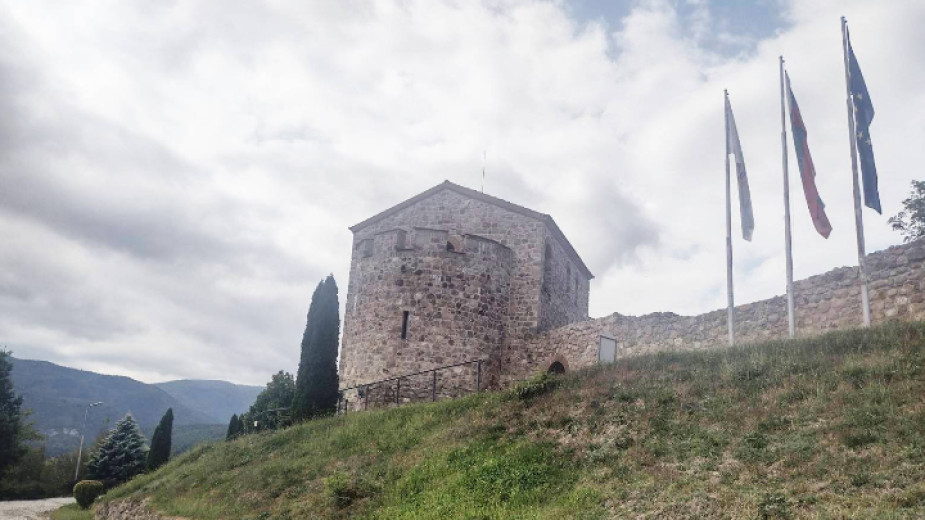 13
13

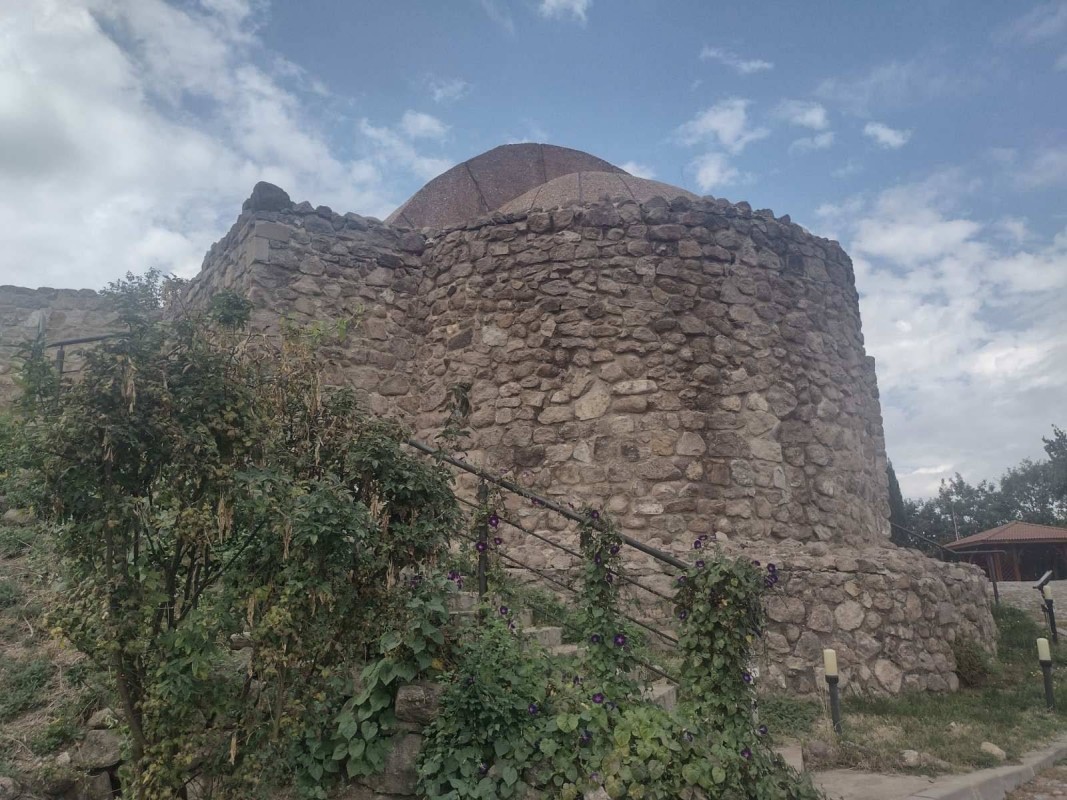
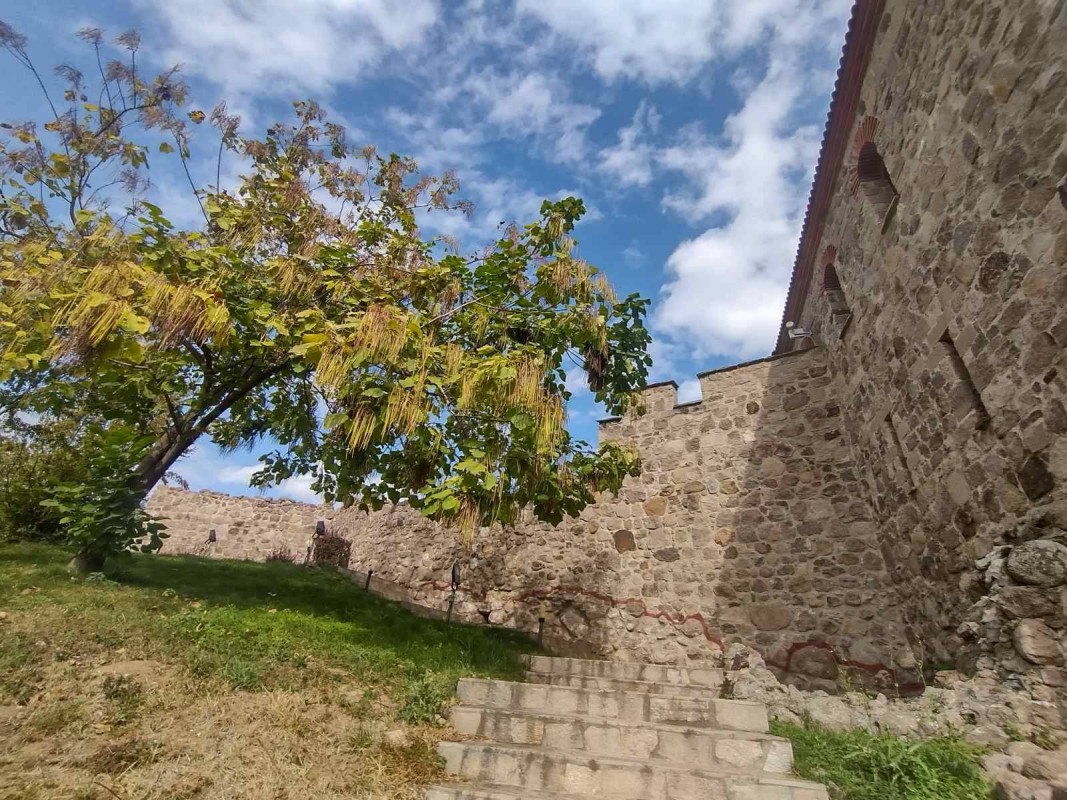
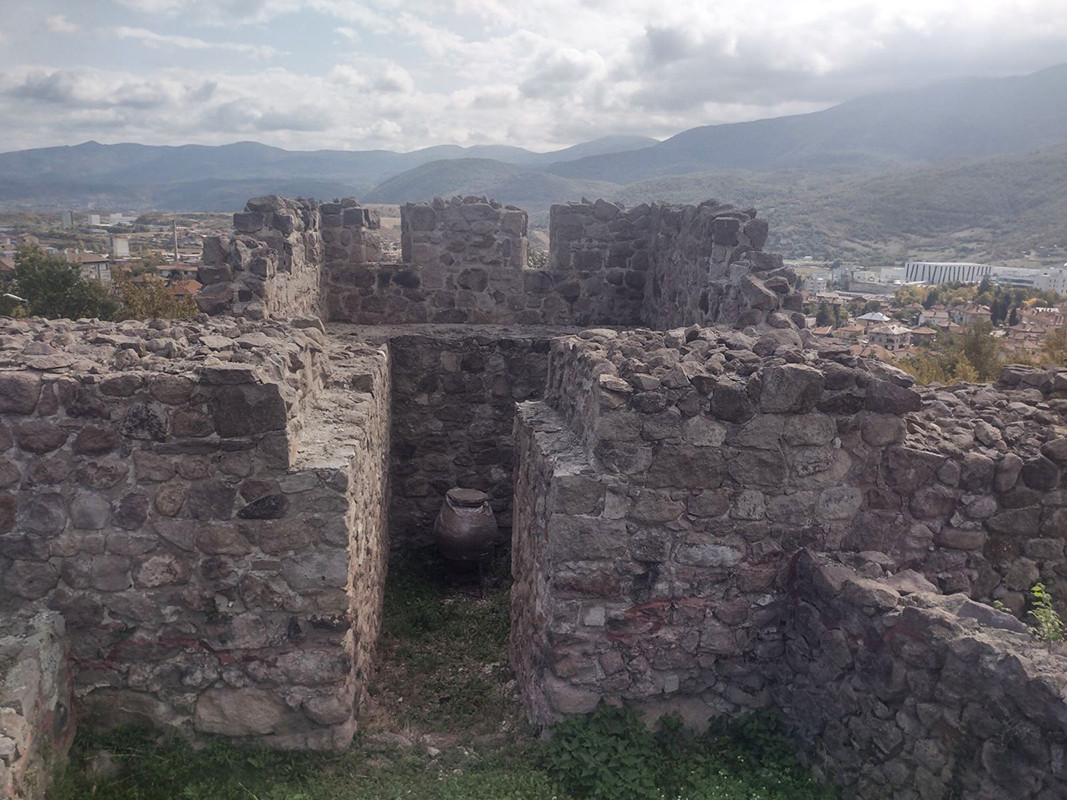
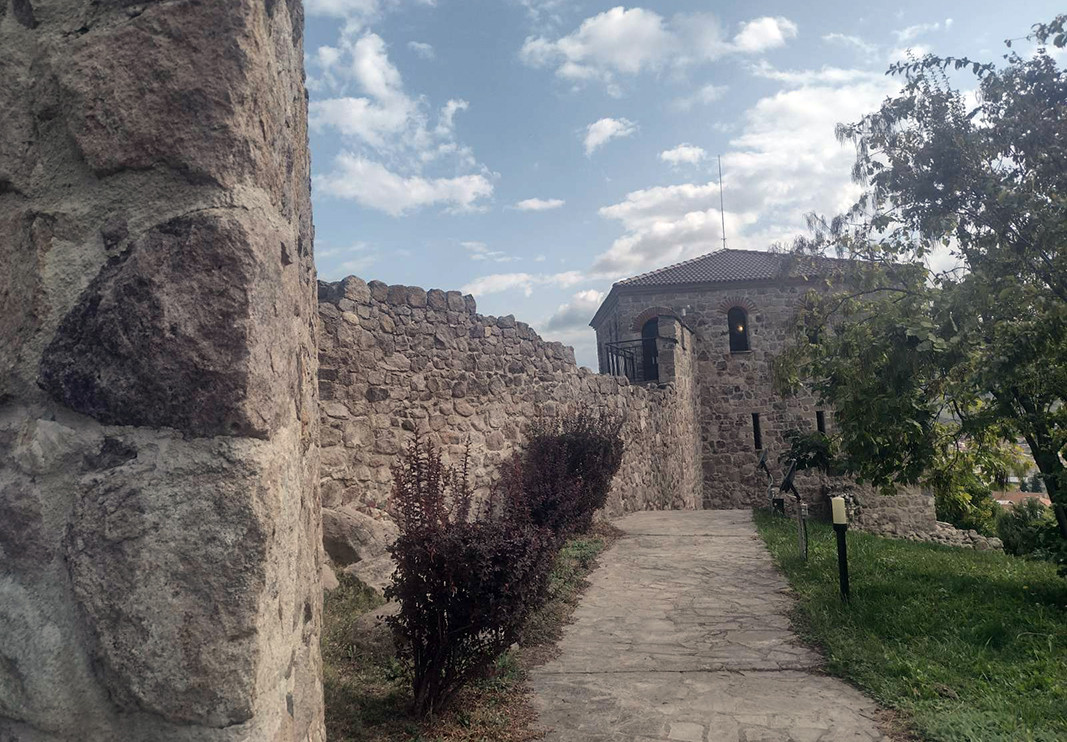
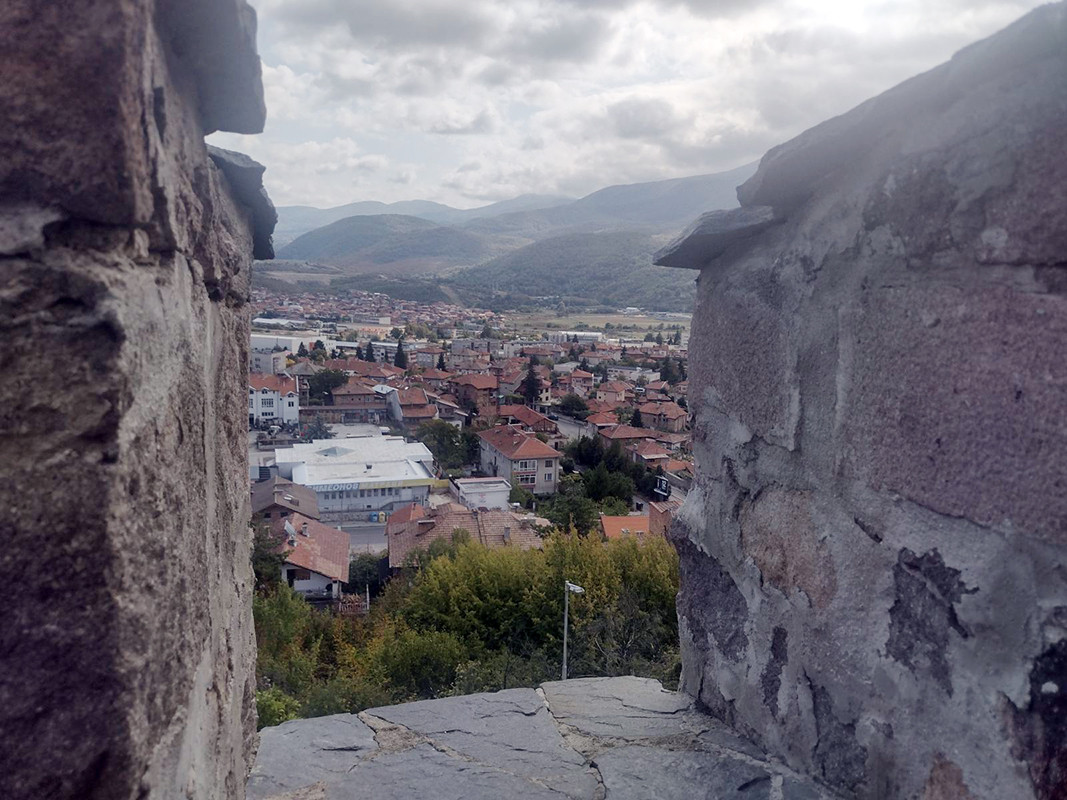
Bulgaria's town of Pernik is situated only 35 km southwest of Sofia and everyone knows it as the "town of black gold" or "the town of miners". In recent years, however, the appearance of Pernik has been changing and we increasingly associate the town..
The so-called Kraishte (a place at the end) is a region in Western Bulgaria, on the border with Serbia, known for its preserved natural beauty. Over the past decade, this region has enjoyed increasing interest among hiking enthusiasts. And yet, you can..
What can be more thrilling that starting the new year amidst the serene white beauty of a mountain resort covered in snow? Bulgaria's popular ski resort of Borovets, only an hour's drive from the Bulgarian capital Sofia, has welcomed many visitors in..

+359 2 9336 661
